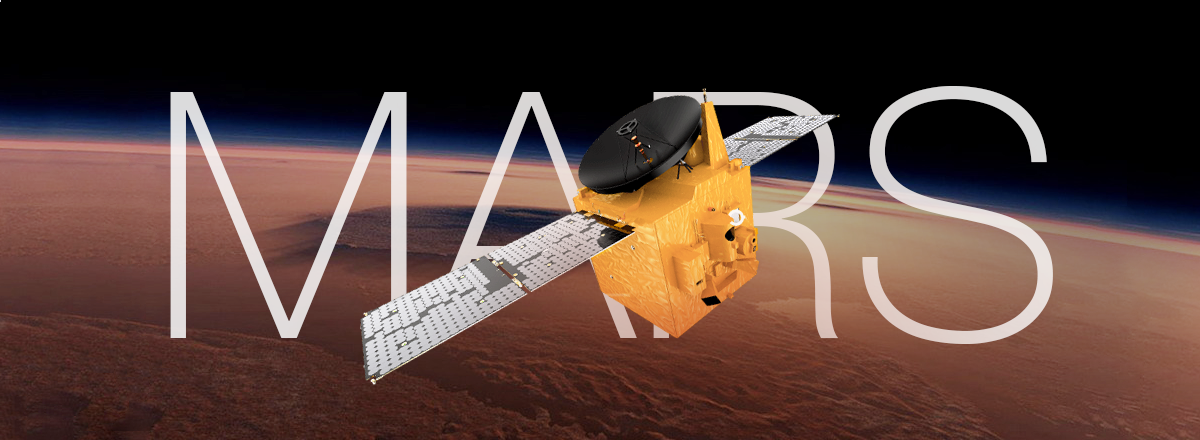The United Arab Emirates made history tonight by launching the Arab world’s first interplanetary space mission to Mars. The takeoff of the “Hope” spacecraft took place at 5:58 ET from Japan’s Tanegashima Space Center. The country’s scientists have been working on the project for 6 years to build a spacecraft that could successfully orbit Mars.
We have lift-off. H2A, the rocket carrying the Hope Probe to space, has launched from the Tanegashima Space Centre in Japan.#HopeMarsMission pic.twitter.com/pRKZLOL7NT
— Hope Mars Mission (@HopeMarsMission) July 19, 2020
The aim of the mission, which is known as the Emirates Mars Mission, is to provide answers to scientific questions that are left unanswered and provide data on the planet’s weather and atmosphere. Two of the spacecraft’s tools will analyze the Red Planet in ultraviolet and infrared light, and the third one, an imager, will take colorful pictures of Mars. The UAE calls Hope “Mars’ first weather satellite” as it will shed light on what is happening in the planet’s lower atmosphere and how the weather changes there throughout the year.
Hope launched on top of a Japanese H-IIA rocket from Japan’s Tanegashima Space Center. There, the launch took place at 6:58 AM, whereas on the East Coast of the US, it happened at 5:58 ET. The spacecraft was about to launch last week on July 14 and then on July 16, but it was delayed due to bad weather.
Moments that make history... The Emirates Mars Mission team participates in the first Arabic countdown from Japan... The countdown that ushers a new era for Arab space exploration. #HopeMarsMission #HopeProbe pic.twitter.com/PaKk75e5F9
— Hope Mars Mission (@HopeMarsMission) July 19, 2020
An hour after launch, the Japanese rocket deployed Hope in space, setting it on its journey to Mars. After that, two-way communication with the ground segment in Dubai was established.
First signal from the Hope Probe received.#HopeMarsMission
— Hope Mars Mission (@HopeMarsMission) July 19, 2020
"Years of hard work and dedication have paid off in a big way," Ambassador Yousef Al Otaiba said shortly after the launch. "This is a huge accomplishment, but it's just the beginning."
Now Hope will spend the next 7 months in outer space, arriving at Mars in February 2021. After that, it will insert itself into the Mars orbit.
The spacecraft is supposed to reach Mars by December 2021 to coincide with the 50th anniversary of the country’s founding. That is why it is important for the Emirates to launch the mission in July this summer – the period when the distance between Mars and Earth on their orbits around the Sun is minimal only happens once in two years.
The Mohammed bin Rashid Space Centre, which built the Hope spacecraft, partnered up with the University of Colorado at Boulder to design and build Hope. The Center also received guidance from researchers at Arizona State University and the University of California, Berkeley.
The live broadcast of the launch can be viewed in the mission’s official YouTube channel:
NASA tweeted to congratulate the team of Al Amal, which is “hope” in Arabic, with the successful launch:
To the @HopeMarsMission: Congratulations on your launch! I wish you a successful journey and look forward to the sol when we are both exploring Mars.
— NASA's Perseverance Mars Rover (@NASAPersevere) July 19, 2020
رحلة موفقة pic.twitter.com/AsnkYINX2C
Two more missions are scheduled for this summer: NASA’s Perseverance Rover and China’s Tianwen 1 will be launched sometime in July or August, depending on weather conditions.













